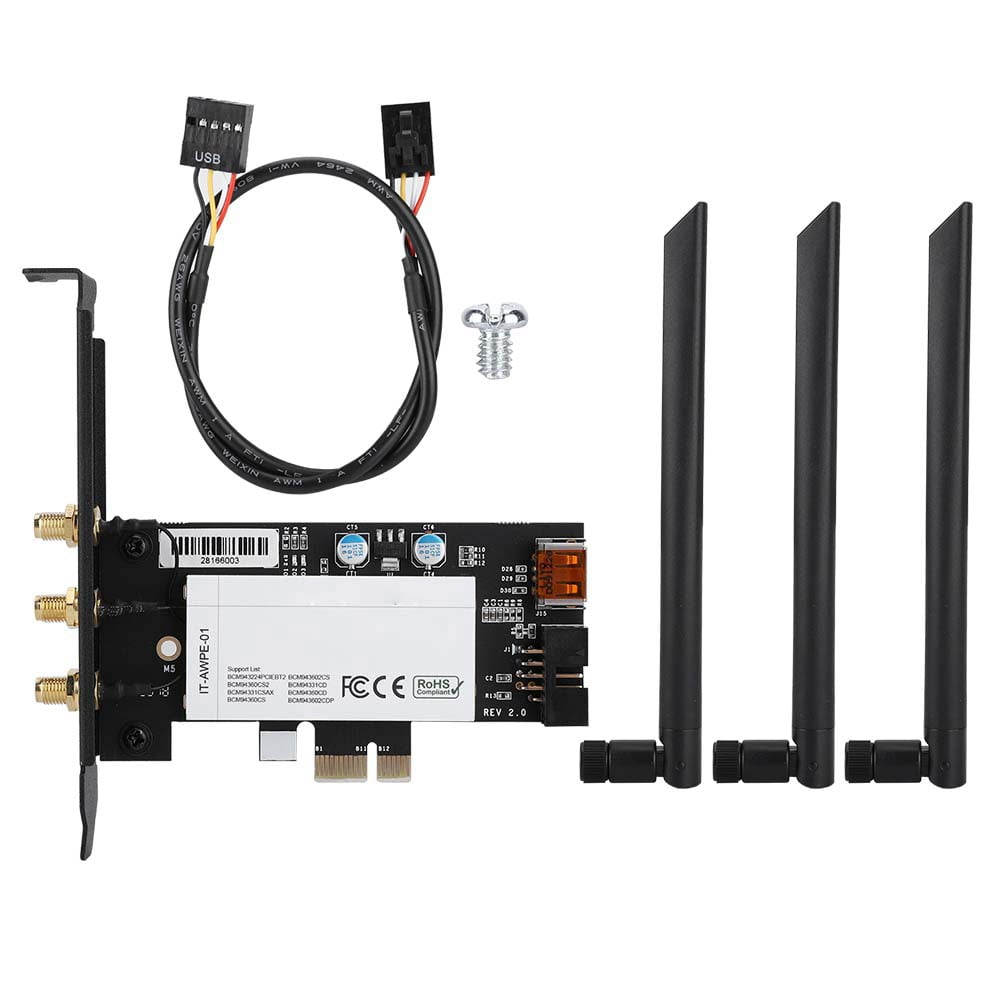

You need to think about compatibility with operating systems, ease of installation, and price, especially for large company installations where you'll need many cards. When you are looking to build a LAN or upgrade or replace it, the NIC should be one of the first things you consider. What to Look for in Network Interface Cards That card receives the frames, converts them into data, and sends it to that PC. An interface card takes data from a PC, converts it into data "frames" that are broadcast onto the network, and sends it to another interface card. Some are external and attach to computers through serial or parallel ports. Usually, these fit into expansion slots of CPUs, unless they're pre-installed or integrated into the motherboard. They help computers communicate with servers and other computers on the network. Each computer that is attached to a network requires a network interface card or chip. It allows your computer to "talk" to the network and the network to communicate with your computer. Other features are generation and decoding of PAUSE control frames, frame boundary delimitation, frame synchronization, and error detection.A network interface card (NIC) provides a physical connection to a network. It also includes dynamic generation, checking, and stripping of FCS field, automatic pad field insertion, automatic re-transmission and detection of collision frames, collision avoidance and handling. These features support MIB, SNMP, RMON, VLAN Q-Tag frame, and Jumbo frames. The 10/100 Ethernet MAC IP provides enhanced programmable features for minimizing applications complexity and pre/post message processing. IA MDIO/MDC (Management Data Input/Output and Management Data Clock) management interface provides controlling and management functions to external PHY devices. The IP core supports 4-bit MII based 10/100 Mbps PHY. An available 32-bit scatter-gather DMA transfer packet between the internal FIFOs and the host memory to enhance system performance.

The IP core consists of two configurable FIFOs on both transmit and receive sides to handle the application’s latency during frame transmission and reception. The 10/100 Ethernet IP supports half-duplex mode at 10/100 Mbps and full-duplex mode at 10/100 Mbps.

The 10/100 Ethernet MAC IP is designed for SoC and mobile applications such as integrated networking devices, PCI-Express Ethernet controllers, and Ethernet adapter cards. The 10/100 Ethernet IP core provides an 10/100 Mbps Media Independent Interface (MII) and an optional processor interface it also supports Reduced MII (RMII) and Serial MII (SMII). The Arasan 10/100 Ethernet Media Access Controller (MAC) IP core is compliant with the Ethernet IEEE 802.3-2002 standard and has passed interoperability testing at UNH-IOL.


 0 kommentar(er)
0 kommentar(er)
